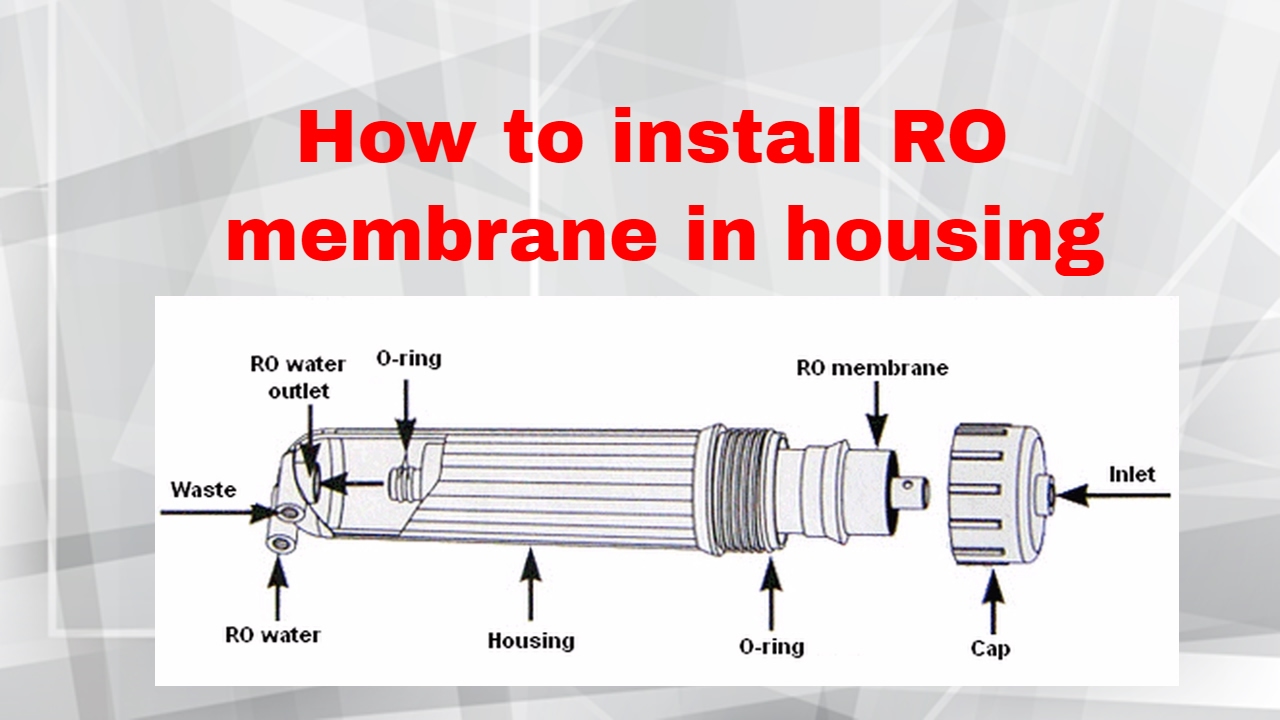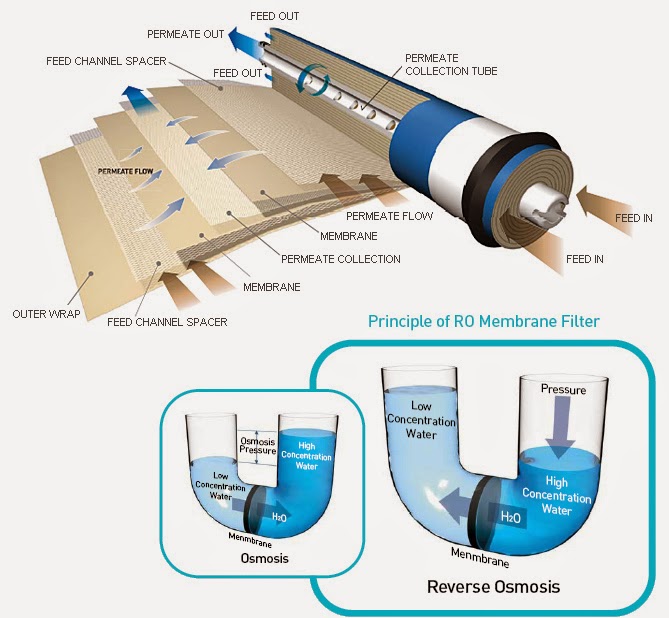Is a cracked membrane an internal issue that cannot be detected from a visual inspection?
May be internal to the membrane. For some reason you have something that is leaching a good amount of unfiltered water into the filtered water compartment of the housing. The few things I can come up with, thinking how the system works is a bad membrane or a bad seal. The functioning of the membrane is quite simple. All it is is a perforated plastic tube wrapped up by a semi permeable membrane. the plastic tube is what goes from the inlet to the waste water of the housing. You apply a flow restrictor to the waste water side and supply water under pressure. Pressure forces pure water through the semi permeable membrane leaving solutes behind. Filtered water fills the space in the housing around the membrane to then exit through the RO outlet. The only places where unfiltered water can mix are at the waste water side of the central pipe. There there are o-rings that should seal as the membrane is seated properly inside the housing. Second place is at the large gasket around the membrane itself that should seal the membrane as it is inserted into the case. This is why you have been already suggested to check the orientation of the membrane. Also make sure the membrane is pushed in completely, otherwise the o-rings at the waste water side may not seal. The 75gpd membrane has a longer exposed center pipe toward the waste water outlet and that could be cracked leaking unfiltered water or the membrane can just be bad allowing more water and solutes out. Having said that a brand new membrane takes a few days to get soaked properly and initial TDS may be high until it start functioning properly and this is normal.
I would check all these points of failure. You have gone through a few membranes already so it is unlikely they are all bad.
I would use the system with just one membrane for the time being. make sure the membrane is fully inserted in the case, check that the ratio of waste vs filtered water is apprrox 3:1. If it is a new membrane let it make water for a day or two until tds go down



















